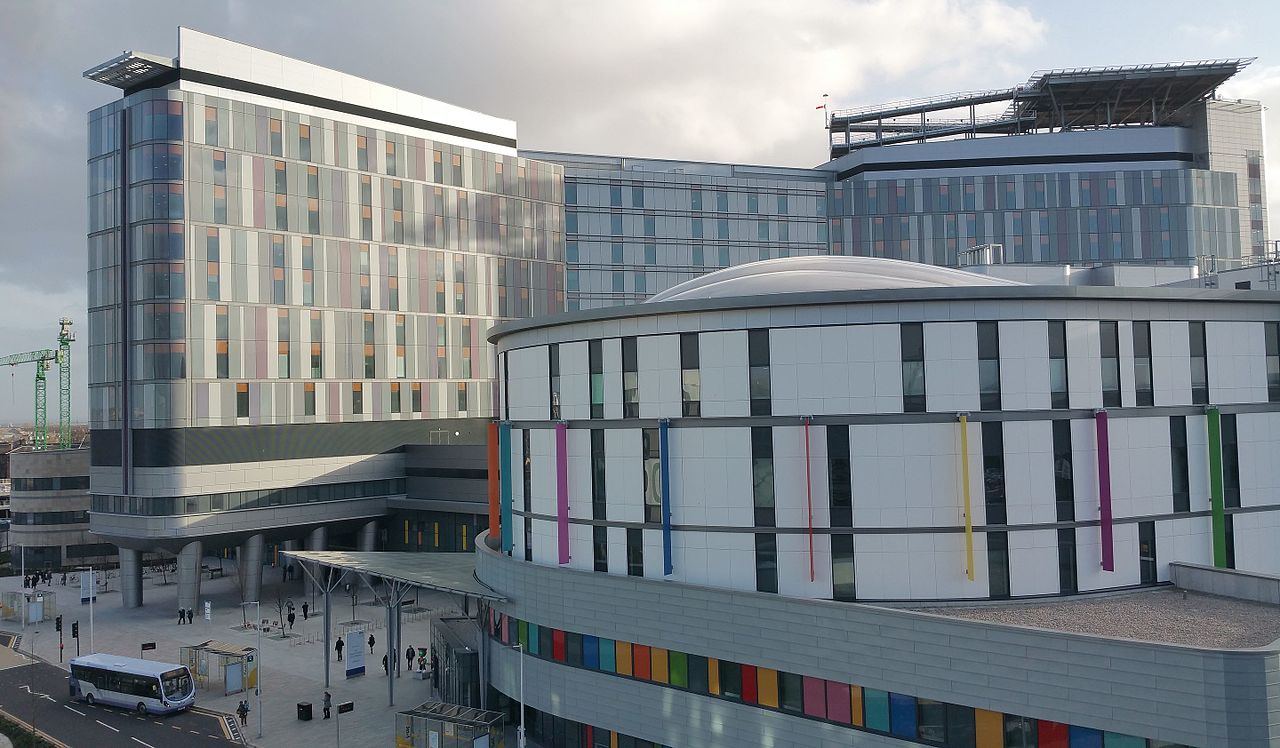
TWO patients have died after contracting a fungal infection blamed on pigeon droppings at a flagship hospital.
The victims are thought to have breathed in the airborne infection traced to pigeon droppings in a plant room at the Queen Elizabeth University Hospital in Glasgow.
The hospital says the likely source of the cryptococcus infection has been identified as pigeon droppings in a machinery room that patients cannot access.
It is thought to have entered the ventilation system and air purifiers have been installed on a ward, according to the Scottish Government.
The hospital was accused of failing to reassure the public after it emerged the infection happened three weeks ago.
The health board was unavailable to comment last night to confirm when the patients died and why reporters were told yesterday they had “responded to treatment”.
Greater Glasgow and Clyde Health Board was urged to give the fullest explanation of what had happened to reassure patients and staff.
Former Health Secretary Alex Neil said the delay in revealing the deaths linked to the infection was disgraceful. The SNP MSP said: “The public have a right to know about situations like this when they happen not weeks later. This is nothing short of a scandal.
“Thousands of people go in and out of that hospital every day, patients, outpatients, staff and visitors.
“This is unacceptable and I will be calling on Healthcare Improvement Scotland to investigate this matter thoroughly. People deserve answers and I will make sure they get them.”
Scottish Labour’s shadow health secretary Monica Lennon also voiced concern, adding: “The public must be told exactly how this tragedy happened and they must be told quickly.
“Patients and the wider public need to be reassured as a matter of urgency.”
One of the victims was an elderly man but the hospital gave no further details about the other.
Vulnerable children and adults being treated at the 1,677-bed hospital have been given anti-fungal medication in a preventative measure. Control measures have also been put in place to filter air in the £842 million super hospital.
There have so far been no other confirmed cases. NHS Greater Glasgow and Clyde said: “We can confirm an elderly patient has sadly died, but of an unrelated cause. A second patient has also sadly died and the factors contributing to the death are still being investigated. The organism is harmless to the vast majority of people and rarely causes disease in humans.”
People with cryptococcus are not infectious as it is contracted by inhaling the microscopic fungi, commonly found in soil and pigeon droppings.
An investigation is under way to establish how the two infected patients breathed in the fungi. The droppings have since been cleared from the plant room. Professor Hugh Pennington, an epidemiolgist at Aberdeen University, said stopping the airborne infection entering the hospital’s ventilation system would have been a key priority.
He said: “When it gets into the bloodstream a lot of people have fairly straightforward infections and it settles in the lungs but the big problem is that it can cause meningitis and meningitis can be a very serious infection.”
Portable Hepa units, which filter air, are being used in parts of the hospital and a group of patients was moved due to the nature of their illness.
Teresa Inkster, NHS GGC lead consultant for infection control, said: “There have been no further cases since the control measures were put in place.
“In the meantime we are continuing to monitor the air quality and these results are being analysed.”
Scottish Conservative Glasgow MSP Annie Wells echoed Labour’s calls for an inquiry: “This is an alarming revelation, and one which will be causing concern among staff, patients and families.”
The Scottish Government said: “Our primary concern, and that of the health board, remains the safety and wellbeing of the patients and their families at the hospital. There is an ongoing review of two isolated cases of an unusual fungal infection within the Queen Elizabeth University Hospital site, which were detected in December 2018.
“Control measures are in place, including the installation of portable Hepa filters in the ward and adjoining areas. There have been no further cases reported.”

Enjoy the convenience of having The Sunday Post delivered as a digital ePaper straight to your smartphone, tablet or computer.
Subscribe for only £5.49 a month and enjoy all the benefits of the printed paper as a digital replica.
Subscribe